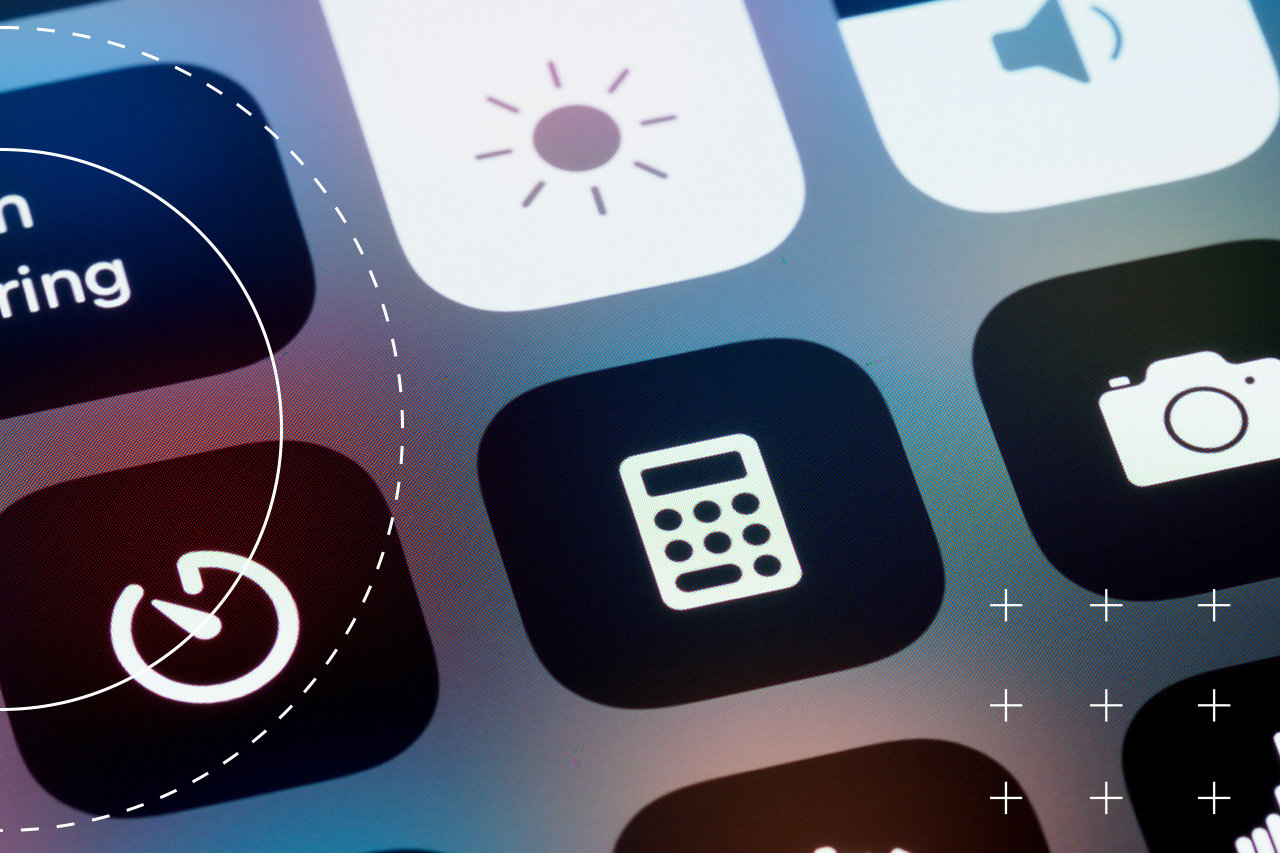From video shoots to pricey network buys, TV campaigns can cost millions to create and distribute. Yet measuring those campaigns have outdated metrics.
From glossy video shoots to pricey broadcast network buys, TV ad campaigns can cost millions to create and distribute. Yet when it comes to measuring those campaigns, advertisers are left to contend with fuzzy math and outdated metrics.
As it stands, the most widely-accepted tactics for measuring TV ad effectiveness often give platforms like Google and Facebook far too much credit for conversions — making TV look ineffective (and overly expensive) as a result. The bottom line is that despite the cachet, TV ads don’t get appropriate credit for how well they’re able to influence consumer behavior.
We think it’s time for that to change.
Consider this typical example.
I’m watching TV and see an ad for the new version of the Ford Expedition SUV. I’m in the market for a new truck, but it takes a few weeks (and seeing the ad maybe three more times) before I take action. When I finally do, I pull out my laptop and do a Google search for “Ford Expedition,” and wind up clicking on one of their search ads to check out more information on their website, but don’t make a purchase. Later that day I see a Ford ad on Facebook in between my friends’ posts about what they ate for breakfast and lunch and then click through to book a test drive with my local dealer. This journey does wonderful things for the value of Google and Facebook ads, but it does not appropriately assign value to TV ads, which is why TV is generally so undervalued.
You can’t credit what you can’t measure
This is ultimately a function of measurement (or the lack thereof).
TV has historically been measured by “reach and frequency” metrics, which are typically compiled using panels of a limited number of households that agree to share their family viewing habits. Panels vary in size, but for the most part, sample behaviors from 15,000 households are extrapolated to determine how millions of other viewers reacted to a campaign.
This “panel” approach to measurement has been in effect since the early 1960s, and to say that it’s outdated may be more than an understatement. It’s an astonishing accomplishment for a standard that directs/dictates tens of billions of dollars in investment per year to be that bad for so long. Hell, I’m surprised one of the major digital “walled gardens” hasn’t acquired the “legacy measurement” company just to perpetuate this outdated–but still widely-accepted–measurement approach that shifts all of the value away from TV into digital.
A glimpse into the future of TV advertising
The proliferation of connected TVs (CTVs) — that’s 90 million households reaching an audience of more than 200M and counting — means that TV ads are increasingly running on (nearly) the same tech infrastructure as digital channels, like display, search and social.
With direct connections to the Internet, as well as the ability to track which ads actually showed up on the CTV screens and when CTV advertising has the technical potential to provide advertisers the granular measurement and accountability that they’ve come to rely on from digital. As this potential becomes reality with the development of better, more attributable TV measurement, the advertising ecosystem will undergo a fundamental rebalancing in favor of the truth about which ad mediums are most effective at driving consumer awareness, purchase consideration, and buying decisions.
What is that truth?
The truth is that TV is massively effective in terms of driving awareness and consideration, but the final steps–taking action–often happen digitally.
In situations where a TV campaign actually influenced 80 percent of the decision-making process, the final 20 percent — the search, the click, or the call — gets handed off to Google. As it stands now, Google (or Facebook) gets all the credit, and the TV campaign looks like an expensive exercise in driving unquantifiable “awareness.”
But by leveraging the power of automation, advertising technology, and a bit of R&D, companies like tvScientific (and others to come) will be able to illustrate this “multi-touch” attribution dynamic with increasing levels of detail, which will result in TV finally getting the credit it’s due. After all, it’s the original, most influential advertising medium in the world.
Coming soon – a re-invented, revitalized TV advertising industry
Over the next few years (or sooner) as TV measurement approaches parity with digital, it will become increasingly clear that TV is a major driver of consumer behavior and more advertisers will want to participate.
In parallel, participation in TV advertising, which is historically very difficult and expensive, will become far more accessible. TV advertising will be supported by an entire ecosystem of tech companies emerging to help advertisers develop TV ad creatives, including the integration of new direct response mechanisms like in-ad QR codes. Companies like tvScientific will make it simple for any advertiser to access TV inventory and measurement via self-service platforms, enabling marketers to set up and execute measurable TV campaigns in minutes. In short, the TV ad landscape will evolve to resemble digital marketplace models where millions of advertisers participate in a healthy ecosystem, benefiting consumers via more targeted offers, and publishers via more competition, and thus higher prices, for their ads.








